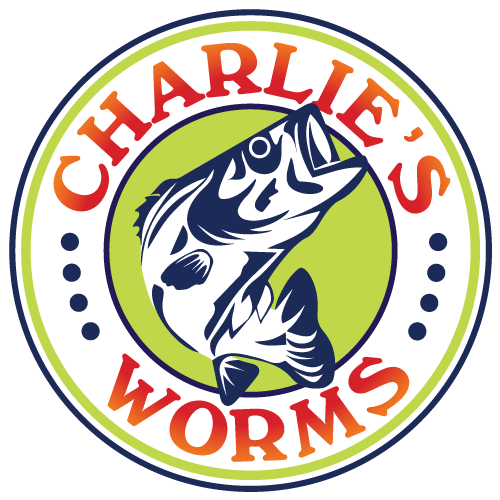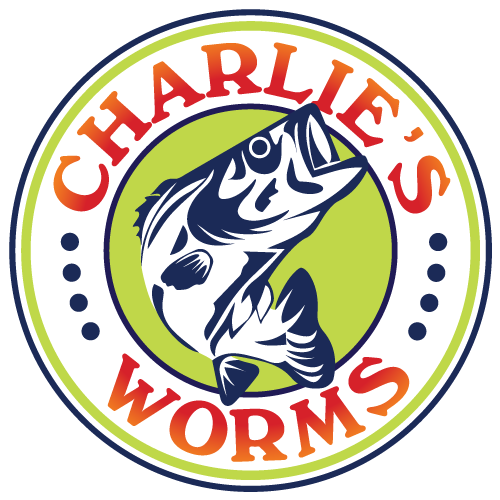Mono vs. Braid: Which Is Best for Spinning Rods?
If you’re in the market for your next — or first! — set of fishing supplies, you’ll have found two basic types of lines: monofilament and braided lines. There’s also fluorocarbon, but that’s for another day.
These two are the most common types of fishing lines you’ll find for spinning rods. They have their differences, but it’s often a question of which one trumps the other.
Here, we reel in the differences between the two, as well as what these lines are excellent for. Grab your fishing chair, and let’s dive into which line — mono or braid — will get you the day’s catch.
All About Monofilament Lines
Monofilament lines consist of a single material that’s usually synthetic. Materials like plastic and nylon are the most common choice for monofilament lines. These materials add to the monofilament line’s resiliency and ease of use. As well, since nylon and plastic are easy to come by, most stores selling monofilament lines will sell them at a cheap price.
Camouflaged Underwater, Making Fishing Lures and Baits More Enticing to Fish
The plastic or nylon that makes up a monofilament line adds an element of surprise to the line. Because plastic and nylon are near-transparent, they render the line invisible underwater. If you have your fishing lures and soft bait at the end of a mono line, fish will latch onto your baits without hesitation.
High Tensile Strength and Stretch for Fish That Won’t Quit
Monofilament lines have sufficient tensile strength to handle even the feistiest of fish. This makes monofilament lines a suitable choice for battling strong bass. As well, the added stretch of monofilament lines prevents snapping — no matter how much the fish wriggles and fights…
Unless of course it’s a real lunker!
Better for Catch-and-Release Fishing
Because of the stretch of monofilament lines, you’re less likely to harm the fish. As a result, you have the option of releasing fish safely once you catch them.
A Look at Braided Lines
Braided lines consist of a blend of synthetic materials. These materials are often a combination of Spectron and Dacron fibers, giving braided lines density without width. The added density makes braided lines go deep underwater more quickly. Plus, braided line is easier to cast!
Faster Sinking Regardless of Your Fishing Lures or Baits
The density and relative “thinness” provided by a braided line’s synthetic materials gives it more weight to diameter than monofilaments. As a result, braided lines sink faster. Besides the weight, the slimness of a braided line reduces drag, making it aerodynamic as your fishing lures tug it into the water.
Best for Deep Sea Fishing
A monofilament line might seem heavier for its thickness, but when compared to a braided line, monofilaments sink at a slower rate compared to a braided line.
For its density, a braided line sinks farther down, faster and stays in place better while drifting, making it a better option for deep sea fishing.
You Won’t Have To Go to a Fishing Supplies Shop Anytime Soon
Braided fishing lines may be expensive, but their material combinations and structure make them far less susceptible to wear and tear compared to monofilament lines. As a result, when you choose to buy a braided line, you’ll be using it for a long time.
What’s the Catch?
Looking at the benefits of both lines mentioned, you might find it harder to make a decision. However, both do come with shortcomings:
Monofilament Lines Can Wear Out Over Time
Plastic and nylon may be resilient when they’re dry. However, when frequently used on a fishing trip, they can wear out quickly. If you frequently fish recreationally, you’ll either have to buy monofilament lines more often or choose a braided line.
Braided Lines Can Be Expensive
The materials that go into making braided lines aren’t cheap. For this reason, you’ll easily discover that braided lines are more expensive than monofilament lines.
Why not use both?
Many anglers will use a combination of both mono and braid on the same reel. By spooling your real first with braid and leaving perhaps the last 25 to 50 feet for mono (top shot), you’ll get the best of both worlds in one.
Let Charlie’s Worms Hook You Up With the Right Lines and Fishing Supplies
Whether it’s your first fishing trip or your thousandth, you need the right kind of fishing supplies. At Charlie’s Worms, we’ve got everything from fishing lines to various baits and rigging to get you going!













